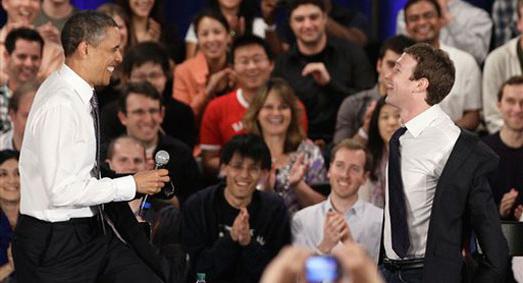How Did Democrats Become The Party Of The Rich?

“If you brought back either of the Roosevelts—Teddy or Franklin—from the grave, the most astonishing thing they would find is that the “malefactors of great wealth” have become the benefactors of today’s liberalism, and Democrats have become the party of the rich,” writes Steven Hayward in Forbes.
To be sure, labor unions (along with trial lawyers) still provide the majority of the Democratic Party’s campaign funds and organizational muscle on election day, but it is the super rich of Silicon Valley and Wall Street, combined with the super rich of Hollywood, who command the priority attention of Democratic Party leaders these days. Of the ten richest zip codes in the U.S. eight gave more money to Democrats than Republicans in the last two presidential cycles. President Obama doesn’t go to union halls to host fundraisers; he goes to posh Wall Street townhomes, the Hollywood hills, or to Tom Steyer’s house in Pacific Heights. Steyer, a billionaire investor and wannabe George Soros, is the perfect model of today’s rich liberal, and shows where the balance of power on the Left rests today. Organized labor wants the Keystone pipeline built; Steyer, who imbibes deeply the green Kool Aid, is adamantly against Keystone. Note who Obama is siding with.
“The dependence—if not slavishness—of Democrats on the new super rich is best revealed by the dog that isn’t barking in the current liberal crusade against economic inequality: where is the call for a straight up wealth tax?” Hayward writes in his conclusion:
Where is today’s Huey Long, who in 1935 proposed that no one should be allowed to keep any wealth beyond $50 million—or perhaps, he suggested, only $10 million. Whatever the figure, Long said, “it will still be more than any one man, or any one man and his children and their children, will be able to spend in their lifetimes; and it is not necessary or reasonable to have wealth piled up beyond that point where we cannot prevent poverty among the masses.”
Where is the voice of Huey Long in today’s supposedly populist liberalism? Long’s $50 million wealth limit, adjusted for inflation, would be about $850 million today—still more than anyone could spend in a lifetime. But not even Elizabeth Warren or Bernie Sanders will go there. (The only person who has mooted the idea so far, ironically enough, is the quixotic and still befuddled David Stockman.) Why not? Probably because any such proposal would make Republicans out of the Hollywood and Silicon Valley crowd in a big hurry. The scene is another good reminder of the hypocrisy of modern liberalism.
Some of this is just rent-seeking. The rich and powerful cozying up to those in charge. When things cycle back to Republicans again you’ll see a lot of people who were supporting Democrats shift their revenue streams.
But there is a strong technocratic bent to today’s tech-driven wealthy. These are people who amassed their wealth by programming digital solutions for problems, be it a search engine like Google or online retail like Amazon. It’s not surprising that they’d view policymaking through the same lens, believing that we can solve society’s ills by implementing the right government programs, and the political movement most welcoming to that sort of view is liberalism.




